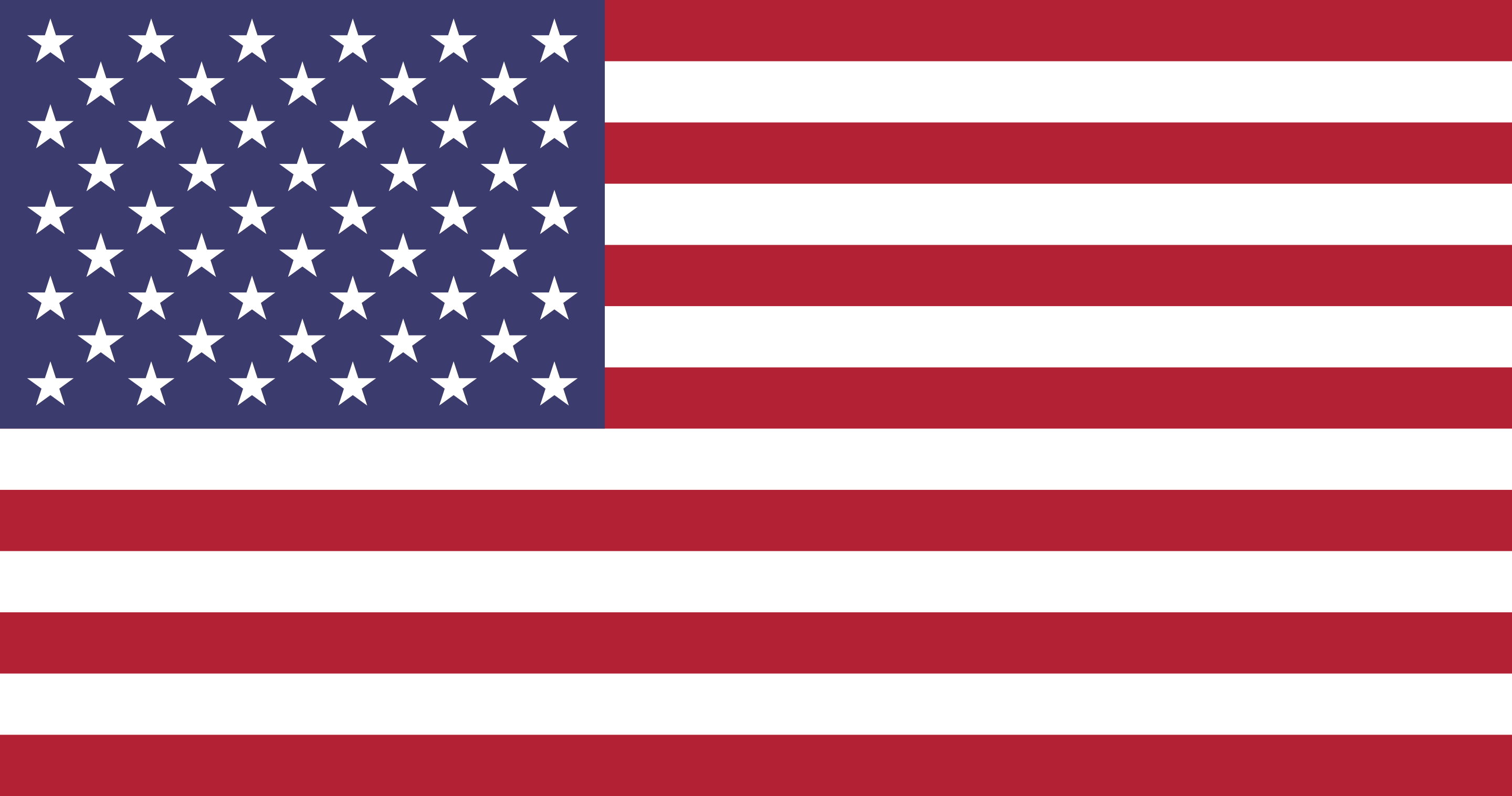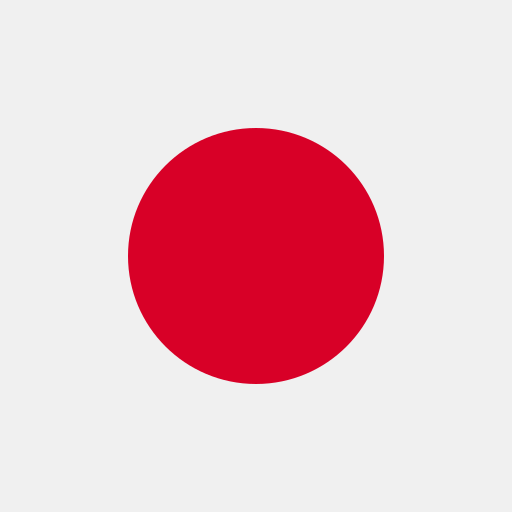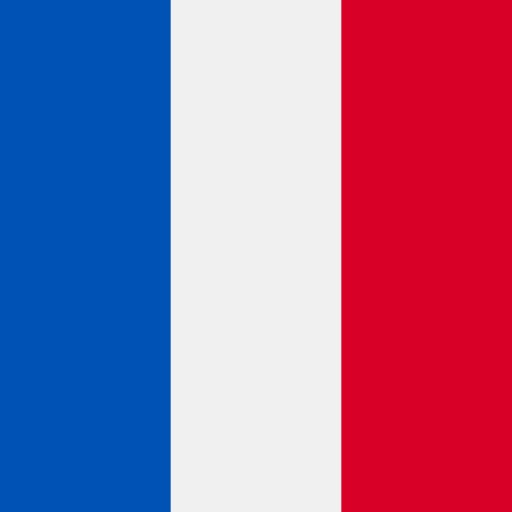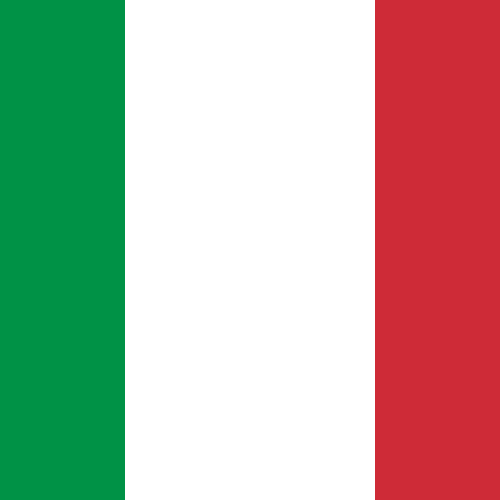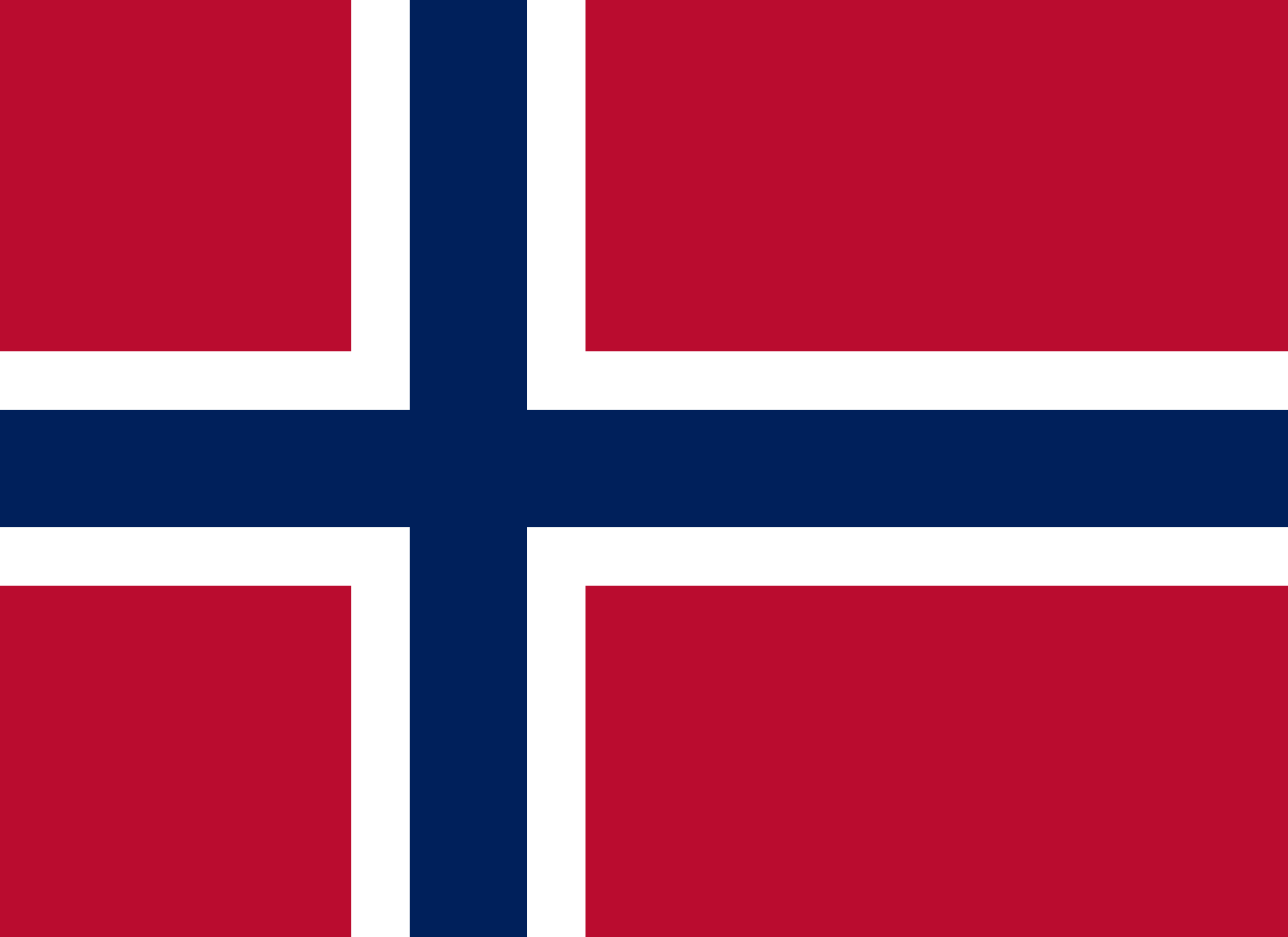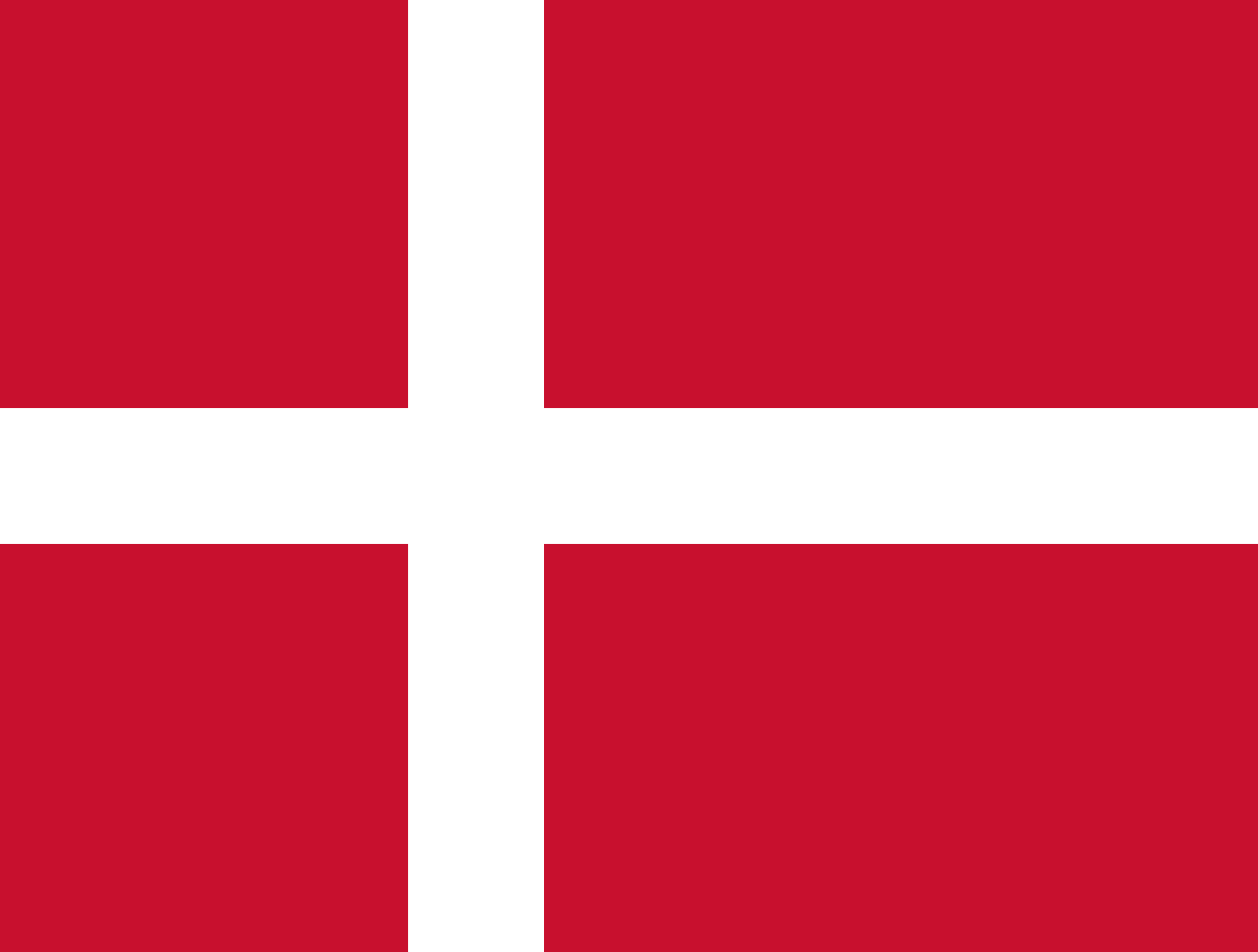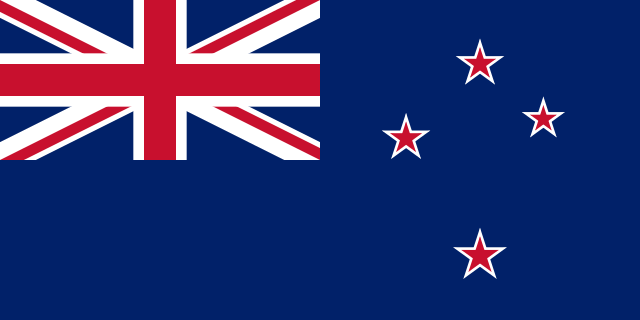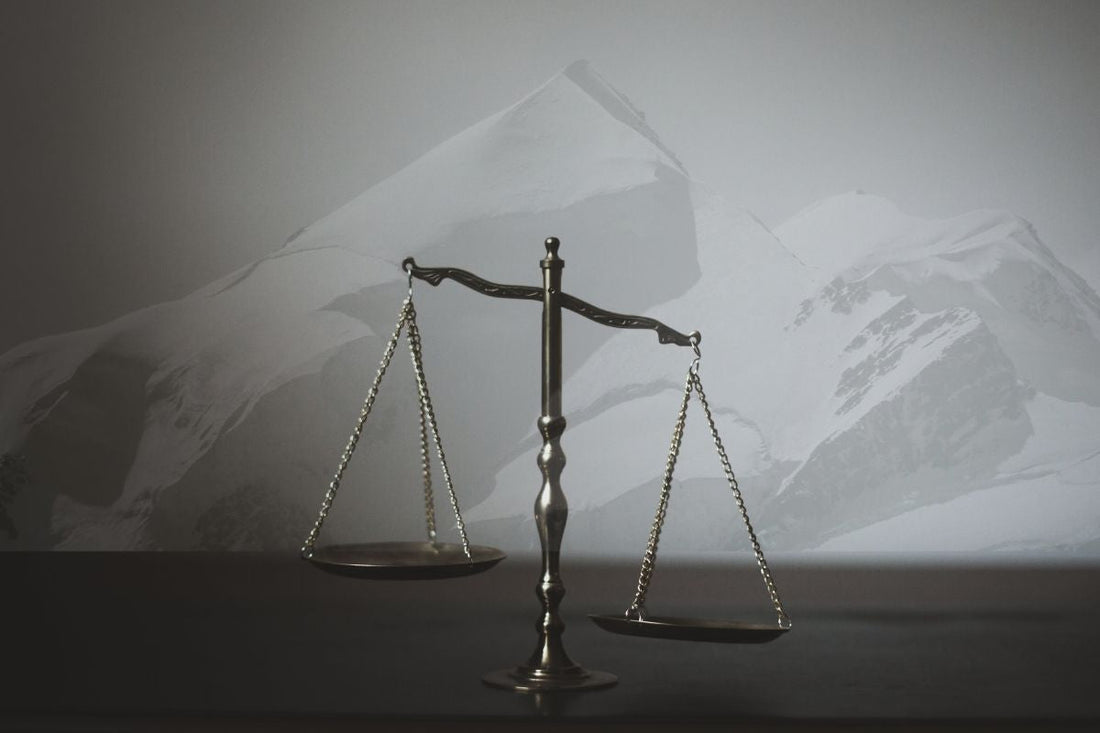Snow chains have been compulsory on snowy and slippery mountain roads for decades in the entire Alpine region. In Austria, too, the blue traffic sign with the snow chain indicates that traction aids must be fitted to the tires from this sign onwards. In France and Switzerland, alternatives to snow chains, such as snow socks or textile snow chains, have been permitted for years. However, these products cannot be fitted in Austria where metal chains are compulsory. In this article, you learn more about the legal situation surrounding the obligation to use snow chains in Europe, the influence of the EU standard EN16662-1 and why Austria is a special case.
How is the obligation to use snow chains regulated in Europe and Austria?
The use of winter traction aids for cars is not harmonized in the EU and each country decides independently of its neighbors on the requirements for snow chains and other traction aids. In order to create a common basis for the EU, a CEN (European Institute for Standardization) working group was formed 15 years ago. The members of this working group are experts in winter traction, tires and vehicle construction as well as testing and certification institutes and developed a common European standard.
After ten years, the European standard EN16662-1:2020 was officially adopted in summer 2020. High-quality alternative products such as AutoSock have already been certified according to this new European standard since 2020.
Implementation of the new EU standard EN16662-1 in Europe
By the end of 2020, this new standard had to be included in the respective national standards in all EU and CEN member states. In Germany, for example, DIN EN 16662-1 was published in July 2020. Non-EU countries such as Switzerland, Norway and Turkey have also included the new standard in their national standards and published it. Austria was no exception and also published the corresponding ÖNORM EN16662-1 in July 2020. In addition to the introduction of this new standard, old national standards that had been in force until then had to be withdrawn because they were replaced by the new European standard.
The Alpine Republic as a special case: Austrian ÖNORM V5117 replaced by new EU standard (actually)
One of these old national standards in Austria was ÖNORM V5117, which was withdrawn at the end of 2020. This ÖNORM described in detail the requirements for winter traction aids. An essential part of this standard was that it was only valid for traction aids with/made of metal. Products made of other materials, such as snow socks made of technical textiles, could not be certified according to this standard. Historically, this is completely understandable, since there was no alternative to metal chains when the first ÖNORM 5117 was published in 1986. The same applies to the blue snow chain road signs that have been in use for decades. In some countries (e.g. Italy), these signs show an outdated ladder chain that would hardly meet today's strict requirements according to EN16662-1.
Although Austria replaced the old national standard ÖNORM V5117 with the new European standard in its national standards in 2020, this new standard has not yet been included in the corresponding legal regulation on the obligation to use snow chains (Motor Vehicle Act Implementation Ordinance (KDV) 1967, §4 (7)). This is surprising, as the new standard places even higher demands on snow socks, snow chains and other traction products than the old national standard for snow chains did: According to EN16662-1, a hill-drive traction test must be carried out. There was no such or similar gradient test in the old ÖNORM V5117.

Unclear Austrian jurisprudence causes confusion among companies and millions of drivers
Years after the introduction of EN16662-1 in Austria, the reference to the withdrawn ÖNORM V5117 remained in the legislation.
It said: "(7) Snow chains falling within the scope of ÖNORM V5117 September 2007 or ÖNORM V 5119 May 2008 must comply with these ÖNORMS, unless they are equivalent products from other EU member states. Snow chains that comply with ÖNORM V5117 September 2007 or ÖNORM V 5119 May 2008 in an earlier version may continue to be offered for sale." (Source: https://www.ris.bka.gv.at/eli/bgbl/1967/399/P4/NOR40215452 / European Legislation Identifier (ELI)
This reference to a withdrawn standard (ÖNORM V5117 September 2007) caused confusion among drivers and manufacturers of alternative traction products. To clarify the situation, the Norwegian manufacturer AutoSock Operations AS, among others, asked the responsible ministry in Austria in 2021: In the summer of 2022, the answer came that AutoSock and other traction products may not be used in Austria where snow chains are mandatory, as they are not metal snow chains and only these are approved.
This answer was surprising, as the new European standard EN16662-1:2020 sets minimum standards for safety, traction and durability for all products - regardless of the material they are made of. According to the EN standard, the same requirements apply to snow chains and snow socks - no distinction is made here.
The inventor of textile winter traction devices files an appeal against the decision – unclear legal jurisdiction
The manufacturer of AutoSock snow socks did not accept this response from the ministry and filed a complaint against the decision. The responsible Federal Ministry for Climate Protection, Environment, Energy, Mobility, Innovation and Technology forwarded the complaint to the Vienna Administrative Court.
Three months later, the Vienna Administrative Court found that it had no jurisdiction to hear the complaint and forwarded it to the Federal Administrative Court.
After a further three months, the Federal Administrative Court found that it also did not have jurisdiction and therefore rejected the complaint as inadmissible.
The matter had not yet been decided and so the Norwegian manufacturer of AutoSock snow socks filed an extraordinary appeal with the Administrative Court in Austria to clarify the jurisdiction and bring about a decision.
A year later, in spring 2024, the Administrative Court confirmed the Federal Administrative Court's view that it had no jurisdiction in the matter. Thus, the original complaint from 2022 was forwarded back to the Vienna Administrative Court. This is the current status at the time of publication of this article in August 2024.
A decision on the complaint is expected in the coming months. Until then, the legal situation in Austria remains unclear and the statement of the relevant department in the Federal Ministry for Climate Protection, Environment, Energy, Mobility, Innovation and Technology applies that only metal snow chains are permitted in Austria where snow chains are mandatory.
How is the obligation to use snow chains regulated in other countries in the Alpine region?
Austria is not the only destination in Europe for winter holidaymakers and mountain tourists. What is the acceptance of snow socks in Austria's neighboring countries?
The snow chain situation in France
In France, snow socks such as AutoSock have been recognized as a legal alternative to metal chains where snow chains are mandatory for over 10 years. As soon as the blue traffic sign with the snow chain (“ Panneau B26”) appears on the side of the road, snow chains or accepted alternatives such as plastic chains or snow socks must be fitted to the drive wheels of the vehicle.
For the last two years, there have been additional defined areas in which special mountain winter driving rules apply (“Loi Montagne”). Winter tires or snow chains /snow socks on summer tires must be used here. Here, too, products such as AutoSock are fully permitted as an alternative to snow chains.
What are the regulations regarding textile snow chains in Italy?
Like Austria and all other EU countries, Italy has implemented the new European winter traction standard EN16662-1 as a national standard UNI EN16662-1, officially replacing the previous standard UNI 11313. The old standard, which has been in force since 2009, is largely identical to the old Austrian standard ÖNORM V5117. Unlike Austria, Italy has been accepting alternative traction products tested according to EN16662-1 since 2022. This means that snow socks such as AutoSock are a legal alternative to classic snow chains in Italy where chains are mandatory.
What are the rules regarding the obligation to use snow chains in Switzerland?
Although Switzerland is not part of the EU, it is a member of CEN and has also introduced the new European standard as a Swiss national standard. However, an independent regulation regarding the acceptance of snow chains and their alternatives still applies in Switzerland. In addition to classic snow chains, only a few other high-quality traction products, such as the snow socks from AutoSock, are actually approved in Switzerland as a legal alternative when snow chains are mandatory.
The main advantage of snow socks over metal chains: The ease of use
The advantage of snow socks and other innovative alternatives to classic snow chains is that they are easy to use. Many drivers are not confident about fitting metal chains in adverse weather conditions and icy cold and try to avoid fitting snow chains for as long as possible. This can pose a significant safety risk: the driver can expose themselves and other road users to significant and unnecessary dangers. With snow socks such as AutoSock , even inexperienced users can fit the socks in just a few minutes without any problems, thus contributing to increased safety on snowy and slippery roads.

You have never heard about snow socks before? Learn here more about the Importance of Winter Traction Devices and Accurate Size Charts for textile solutions like AutoSock.
Acceptance of EN16662-1 in Austria: A summary
Until a final judicial clarification, the statement of the relevant federal ministry in Austria applies that only snow chains and no alternative products are permitted when snow chains are mandatory. Only metal chains that have been approved in accordance with EN16662-1 or the older national standard ÖNORM V5117 may be used. It should be noted that the requirements for snow chains and alternative traction products listed in EN 16662-1 are stricter than the requirements of the old national standard ÖNORM V5117, which was only designed for metal snow chains. Although products such as snow socks or rubber/polymer chains meet the requirements of the new European standard EN16662-1, as of August 2024 these will not be accepted in Austria when snow chains are mandatory.
However, snow chains tested according to the old, less strict standard ÖNORM V5117 may still be used without restriction in Austria where snow chains are mandatory.
It is important to note that alternatives to snow chains, such as snow socks from AutoSock, can be used in Austria on slippery roads. Only when the blue snow chain traffic sign appears and snow chains are mandatory, solely snow chains are considered legal.


